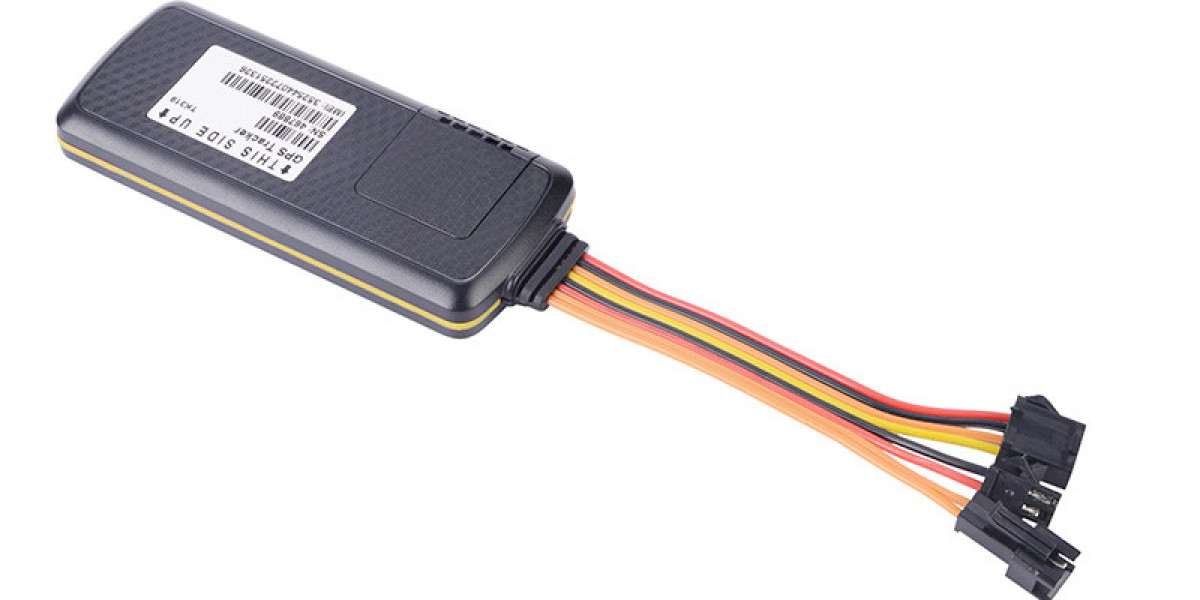Effective asset management is more than just knowing where your equipment or tools are. It’s about maximizing the value of each asset, reducing unnecessary expenses, and ensuring operational efficiency. Whether you manage a fleet of vehicles, IT equipment, or manufacturing machinery, poor asset tracking can lead to costly errors.
Consider the ripple effects of misplacing just one key piece of equipment. Production halts, labor costs rise, and deadlines are missed. Small errors like these can add up, turning into a significant loss over time. Conversely, with a solid asset management system in place, you can quickly locate, maintain, and optimize the use of every asset in your inventory, ensuring things run smoothly.
Moreover, businesses that rely heavily on physical assets, such as construction companies or healthcare providers, face greater pressure to streamline these processes. It's no longer an option to rely on spreadsheets or manual logs. As technology evolves, so should your approach to managing assets.
Traditional Asset Management vs. Modern Solutions
For years, many companies managed their assets using manual methods like spreadsheets, handwritten logs, or a basic barcode system. While these methods worked for small-scale operations, they’re prone to human error and lack scalability. As businesses grow, the manual approach becomes inefficient and almost impossible to manage without issues.
For instance, manually tracking the maintenance schedules of dozens or hundreds of assets can result in missed service dates, equipment failures, or safety issues. Excel spreadsheets lack the automation and real-time capabilities that modern asset management systems offer. Imagine trying to update a database of hundreds of pieces of equipment after a busy day—inevitably, things get overlooked.
In contrast, modern asset management solutions automate most of these tasks, offering features like real-time tracking, predictive maintenance alerts, and mobile integration. With cloud-based software, employees can update or check asset status from anywhere, using their phones or tablets. Automation ensures that maintenance schedules are adhered to, and assets are fully optimized.
Benefits of Digital Asset Management Tools
Switching from traditional asset management to a digital solution brings several advantages, including:
- Real-Time Tracking: Know exactly where every asset is, at any moment, without manual checks.
- Predictive Maintenance: Advanced algorithms notify you when assets need maintenance, based on usage data.
- Mobile Access: Update or retrieve information about your assets on the go through mobile apps.
- Reduced Human Error: Automation eliminates manual data entry mistakes, saving time and money.
- Better Compliance: Automatic record-keeping ensures you meet regulatory requirements for asset tracking and maintenance.
These tools bring consistency, reliability, and accuracy to your operations, allowing businesses to scale and manage larger inventories without additional headaches.
How Integrating Tools Like AssetPanda Can Transform Operations
Imagine a scenario where your company is already using a powerful asset management tool like https://www.makini.io/integrations/assetpanda. Now, integrate it with other key platforms that manage data, maintenance schedules, or financial reports. Suddenly, your operations become seamless, and many previously manual tasks are automated.
When systems work together, data flows smoothly between departments, reducing the need for duplicate entries and ensuring everyone has up-to-date information. For example, integrating AssetPanda with your finance software allows automatic tracking of asset depreciation, giving the finance team real-time updates without having to request reports from another department. This level of integration saves time, reduces errors, and improves cross-departmental collaboration.
Companies in industries such as manufacturing, healthcare, and IT have all reaped the rewards of such integrations. With maintenance schedules, asset tracking, and financial data all working in sync, decision-makers can make more informed choices about resource allocation, purchasing, and even downtime.
Key Features of AssetPanda
AssetPanda is well-known for its flexibility and customization options, but what truly sets it apart? Let’s explore some of its most powerful features:
- Customizable Dashboards: With AssetPanda, users can tailor dashboards to display the most critical asset data in a user-friendly format. This allows different departments to focus on metrics that matter most to them.
- Barcode Scanning: Using the built-in barcode scanning functionality, employees can quickly update asset status by simply scanning the equipment. This feature dramatically speeds up inventory checks and reduces the chance of manual entry errors.
- Maintenance Alerts: Automated alerts notify you when equipment requires servicing, reducing the likelihood of unexpected breakdowns. Predictive maintenance, driven by AI, analyzes asset usage and wear patterns, ensuring assets remain operational.
- Cloud-Based Access: AssetPanda is accessible from any device with an internet connection, enabling remote teams to update and track assets in real time, no matter where they are located.
- Mobile App Integration: With AssetPanda’s mobile app, users can manage their assets in the field, check-in or check-out items, and access key reports without needing to return to a desktop computer.
With these features, AssetPanda caters to businesses with diverse needs, from small startups to large enterprises. Integrating these features into an existing ecosystem through tools like Makini further enhances the software’s capabilities, making it an all-in-one solution for asset management.








